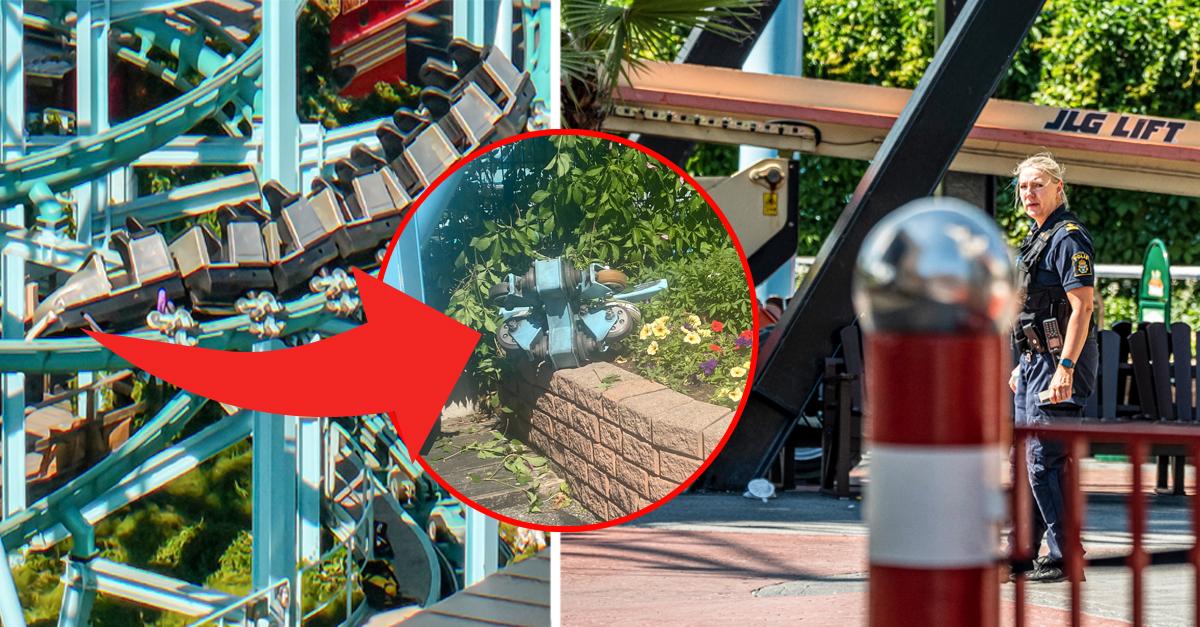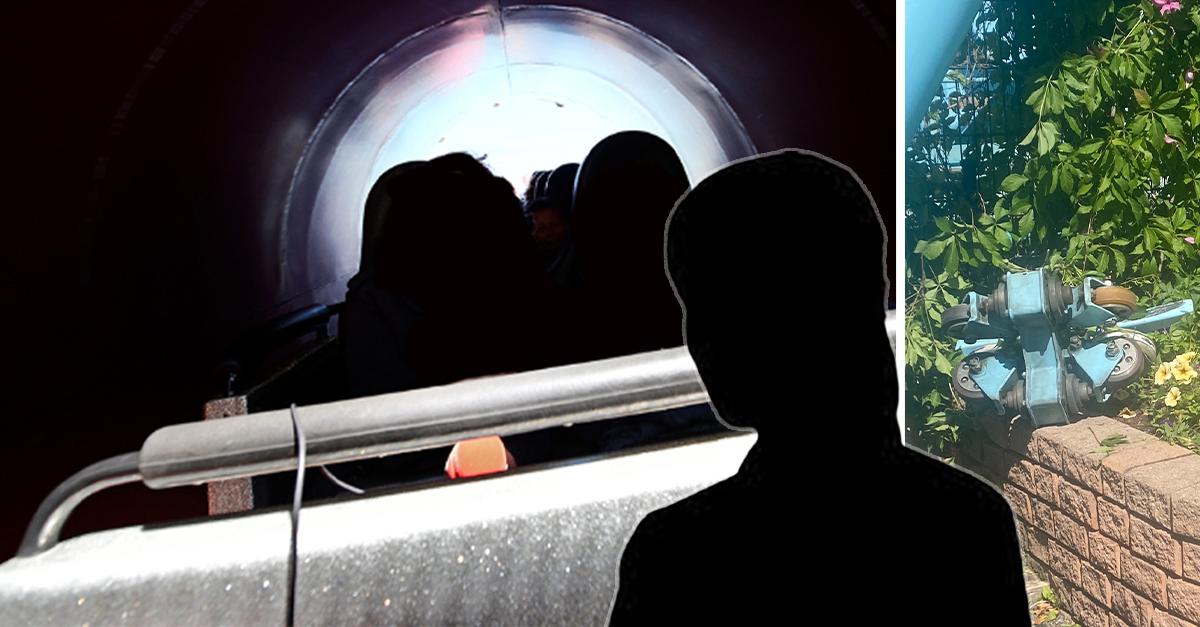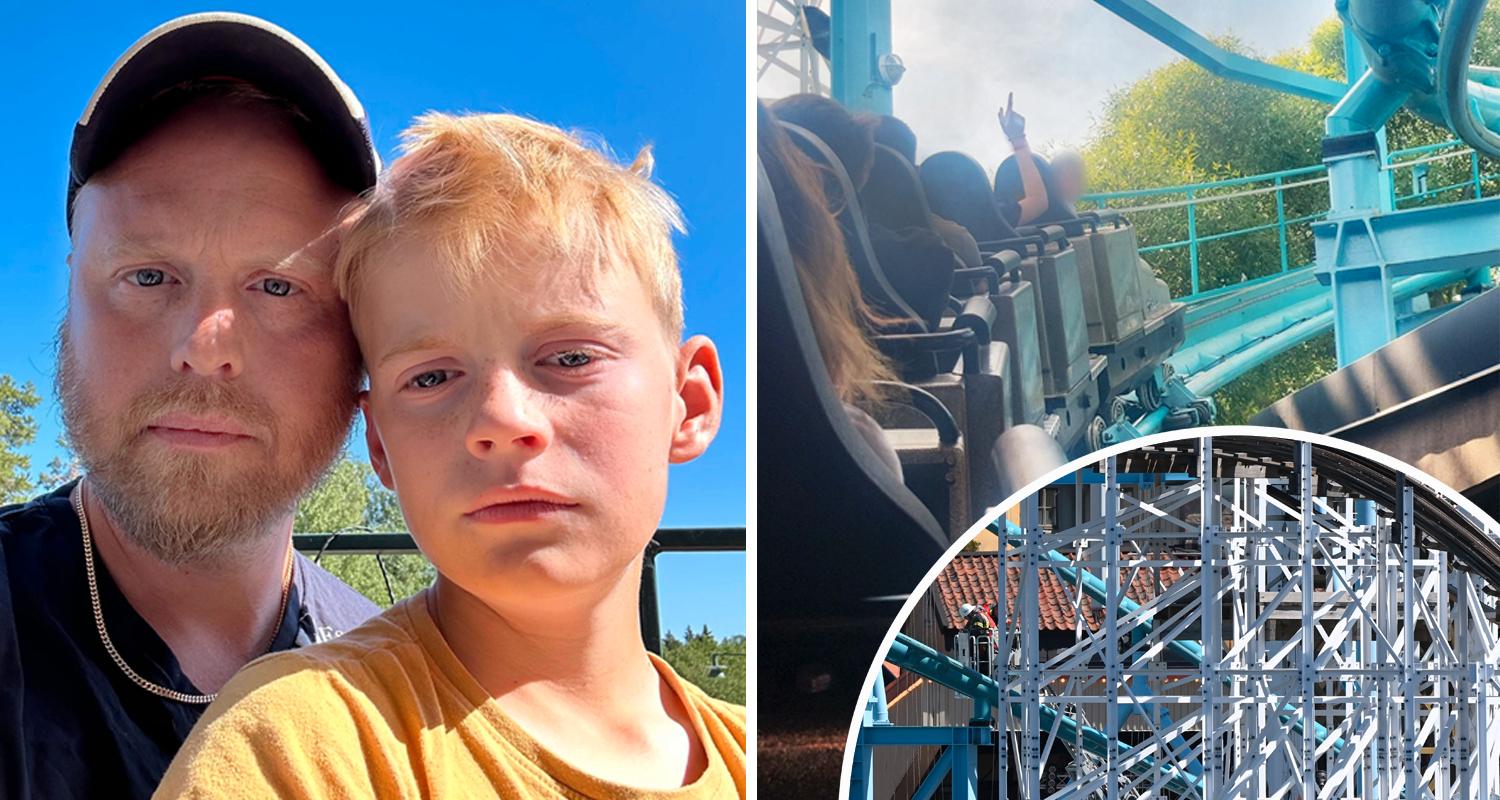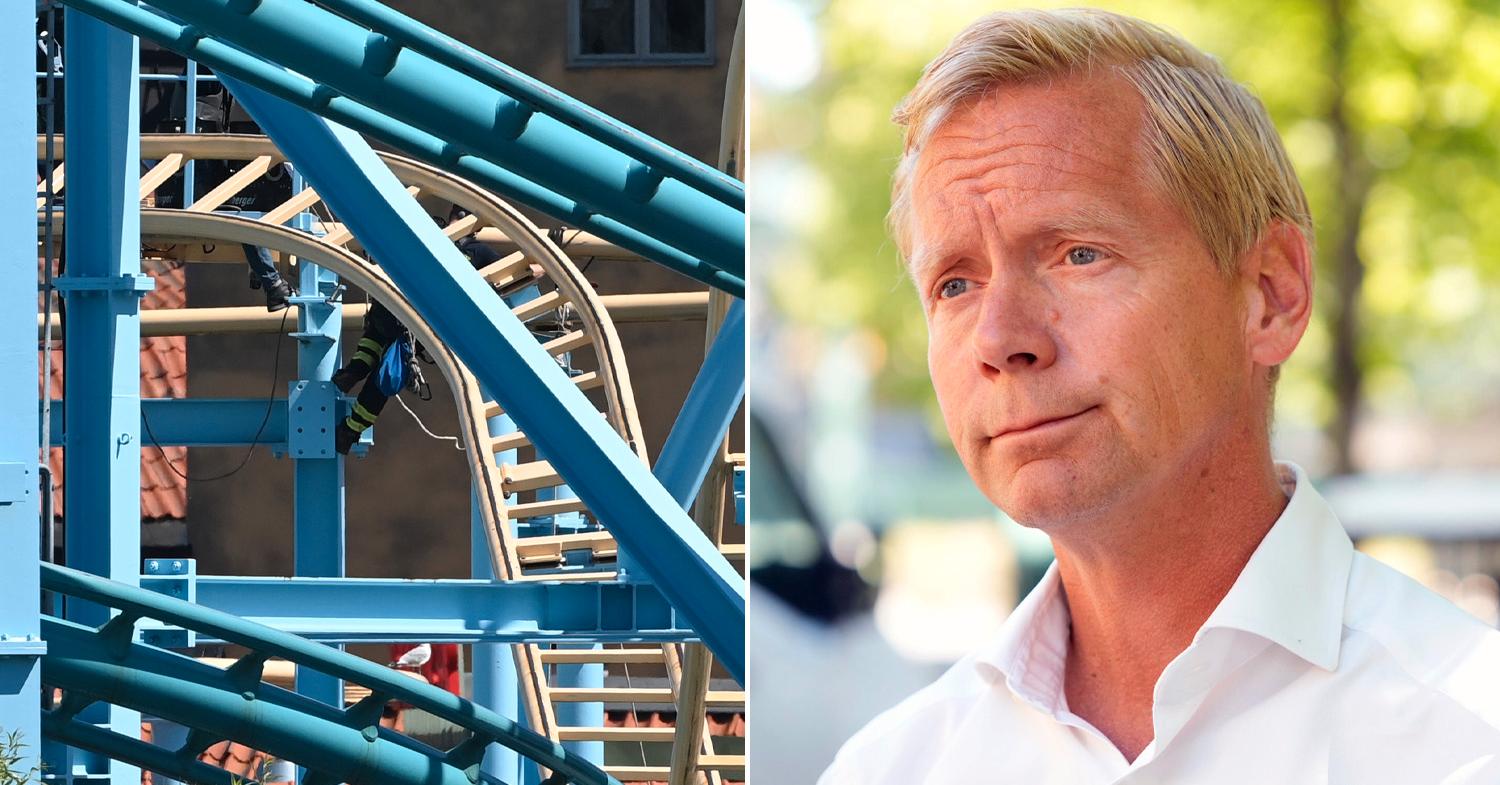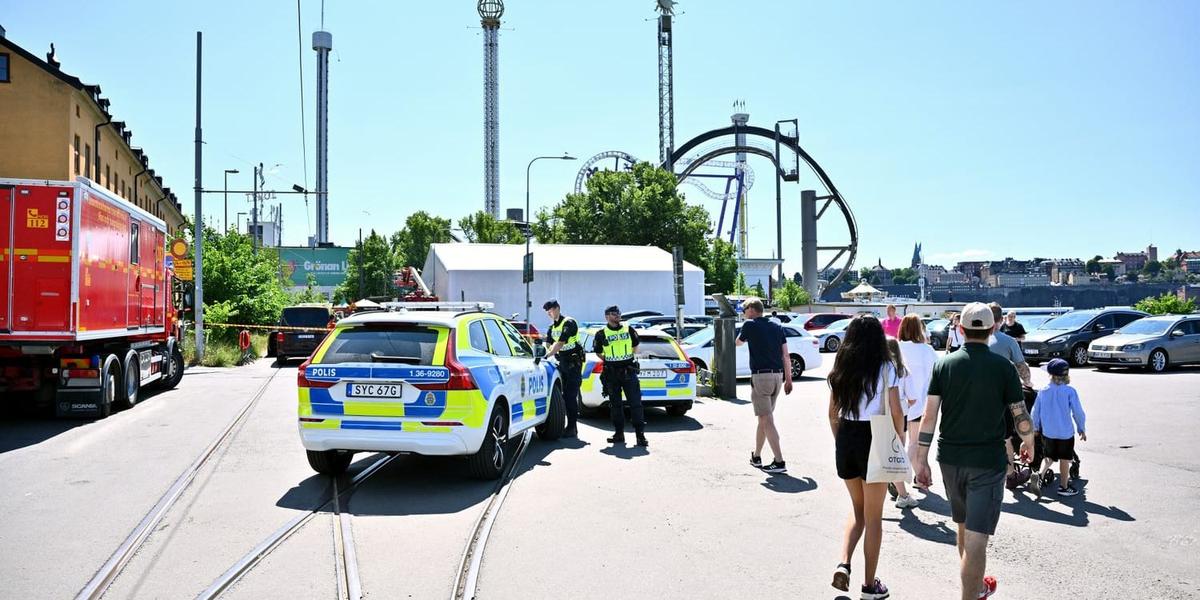Long time no write, but had to put in a news update from the tragic accident at Gröna Lund.
Sure a lot of it is from Aftonbladet which is a bit of sensationalistic, but it's mostly free to reed at least.
In the news today:
The train have been removed from the track to conduct further investigations.
The Police have made a search of Jetline and retrieved maintenance logs.
They have found cracks in the rear wheel assemblies of the first car as well, which are going to be examined to see if they appeared at the point of the accident or if they are older. Apparently some employee said there were cracks in the front car wheel assemblies but not in the rest of the train.
Since the accident there have been, employees complaining about only been given 1 day of training before being put into maintenance duties:
People have given reports that there have been something "wrong" with Jetline in the weeks leading up to the accident, loose restraints, unusual noises, carriages kicked into place on the track, etc.
On a better note then there were only 3 people still in the hospital since Tuesday.
There is speculations that this may end up scrapping the ride, wonder what is going to happen to at least Wilda Musen at that point.
I söndags kväll gjordes husrannsakan i Jetlines styrhytt, samt i verkstaden på Gröna Lund. Det framkommer av polisens inledande undersökningsprotokoll, som Aftonbladet tagit del av. På ”lokets” bakre hjulpar fanns även sprickbildning – och det är oklart om det fanns där redan innan olyckan. –Det...

www.aftonbladet.se
De ansvarar för att kontrollera berg- och dalbanor och karuseller. Med en dags utbildning. – Vi gick omkring med en utbildad tekniker som visade vad vi skulle

www.aftonbladet.se
Senaste nytt • Snabba nyheter från Aftonbladet

www.aftonbladet.se
Nio personer har skadats och en kvinna har dött på Gröna Lund i dag. Erik och sonen Mathias åkte Jetline 1,5 timme före olyckan. – När vi hade åkt klart så sto

www.aftonbladet.se
Efter dödsolyckan på Gröna Lund strömmar vittnesmålen in. Aftonbladet har pratat med ett flertal besökare som larmar om Jetline dagarna och timmarna innan urspå

www.aftonbladet.se
Hela Gröna Lund hålls nu stängt för flera parallella utredningar som ska ta reda på hur dödsolyckan kunde inträffa. Först när det är klart kommer beslut fattas om Jetlines framtid: – Om vi inte känner att den är säker kommer vi landa i att skrota den, säger nöjesparkens vd Jan Eriksson.

www.aftonbladet.se
Två av hjulseten på Jetlines främre vagn lossnade i samband med att bergochdalbanan spårade ur. Bara timmar före den dödliga olyckan hade hjulseten kontrollerats av Gröna Lunds personal, enligt vd Jan Eriksson.<br/>– Det finns inget som tyder på att det beror på bristande noggrannhet eller att...

www.gp.se
Ännu ingen misstänkt för brott efter dödsolyckan på Gröna lund.

www.gp.se
Also today there is news that Liseberg have closed Lisebergbanan for the day, for some maintenance after a fault (which apparently have nothing to do with Jetline). They have received a lot of flack since they didn't shut down Lisebergbanan after the accident on it's sister ride.
Lisebergsbanan är stängd och kommer att vara det hela torsdagen. <br/>Enligt Liseberg handlar det om ett tekniskt underhållsarbete efter att man upptäckt ett fel.<br/>– Det beror på ett underhållsarbete som de inte kan göra när parken är öppen, säger Andreas Andersen, vd på Liseberg.

www.gp.se
I might return if there is any news on this topic.

